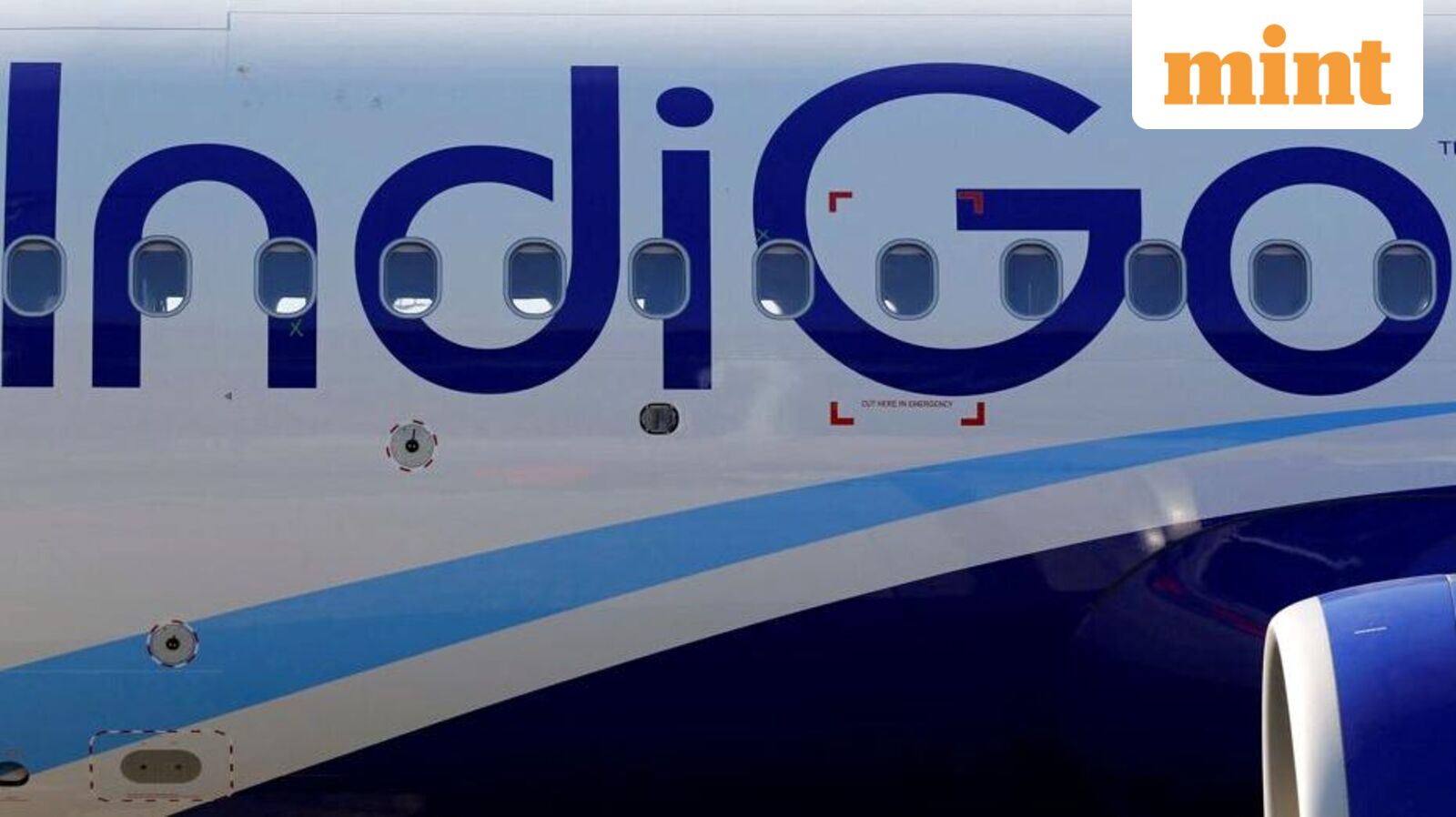Current situation
Over 40 aircraft in the carrier’s fleet remain grounded, and all of them use Pratt & Whitney engines. The airline says it currently has no clear timeline for when the groundings will end, leaving operations in a state of uncertainty.
How the fleet is changing
The share of Pratt & Whitney-powered aircraft within the fleet is gradually falling. This shift reduces the airline’s exposure to the specific engine issue but does not immediately resolve the short-term capacity shortfall caused by the grounded planes.
Operational and passenger impact
- Flight schedules and capacity can be strained while more than 40 planes are out of service.
- Passengers may face cancellations, delays, or rerouting as the airline manages available aircraft.
- Maintaining punctuality and preserving customer confidence become more challenging until the airline regains visibility on when affected planes can return to service.
What to watch next
Key indicators to follow are updates from the engine manufacturer about inspections or fixes, any regulatory clearances, and statements from the airline on replacement capacity or temporary fleet adjustments. A continued decrease in the proportion of Pratt & Whitney-powered aircraft would gradually lower the airline’s vulnerability to future similar disruptions.
Bottom line
The grounding of more than 40 Pratt & Whitney-powered planes is a short-term operational headache with wider implications for scheduling and customer experience. While the airline is reducing its reliance on these engines over time, there is still no firm date for when the grounded aircraft will be back in service.
